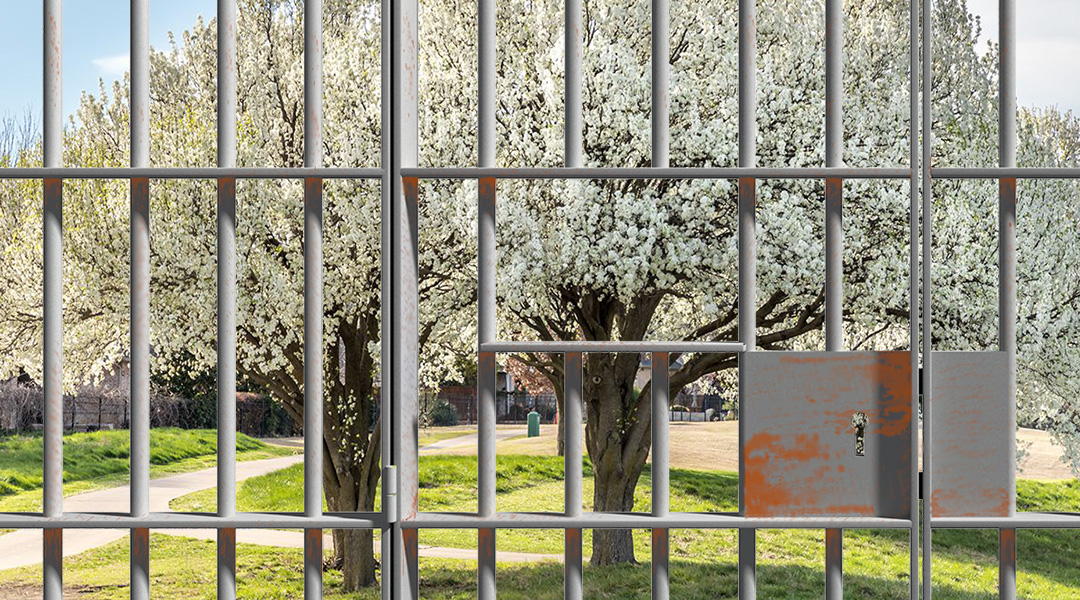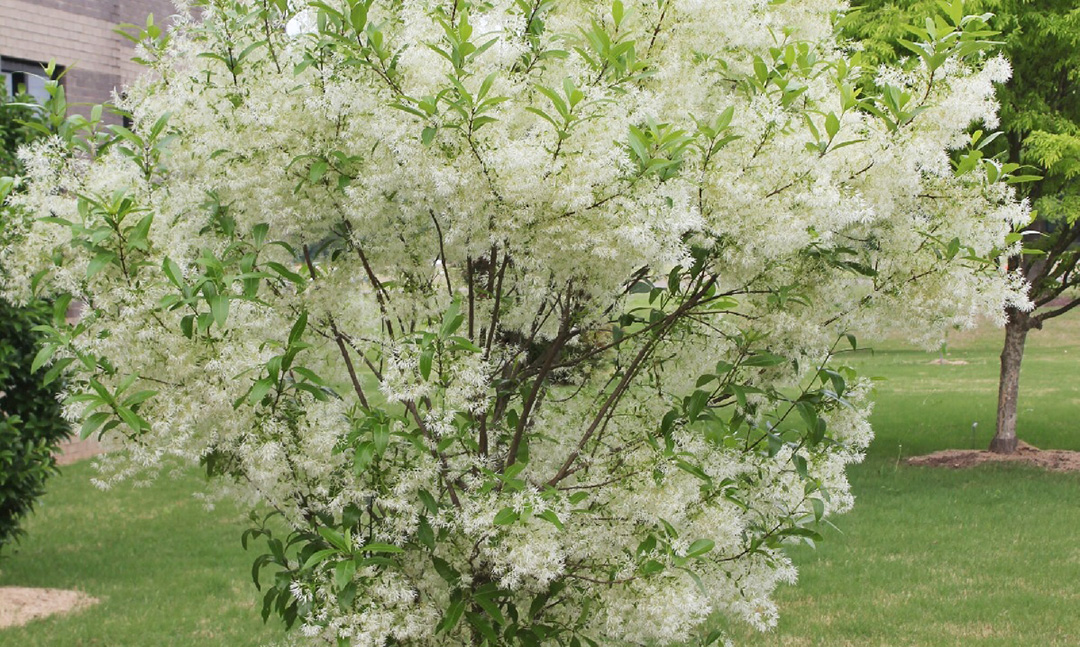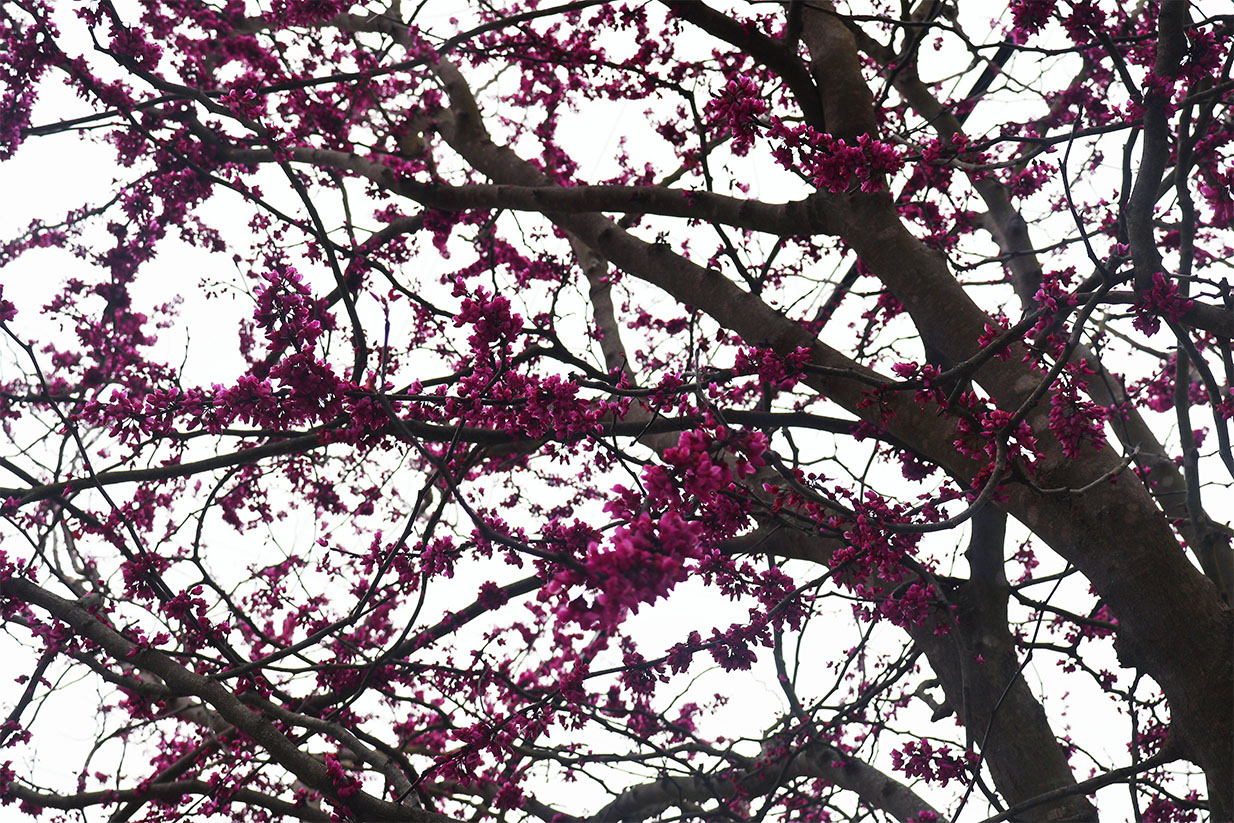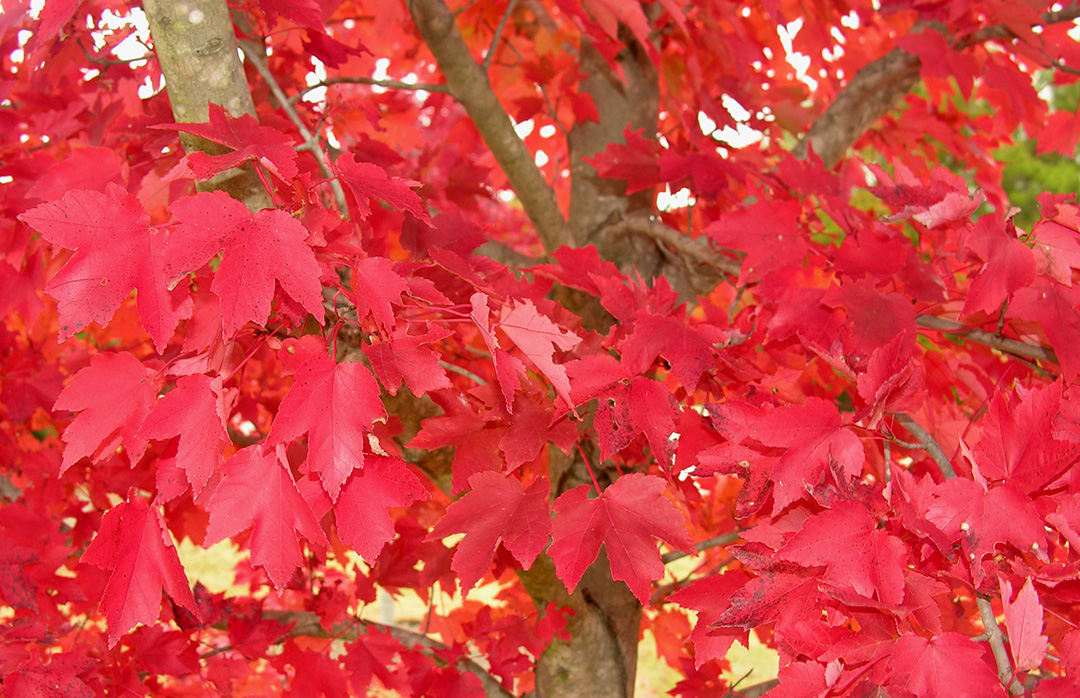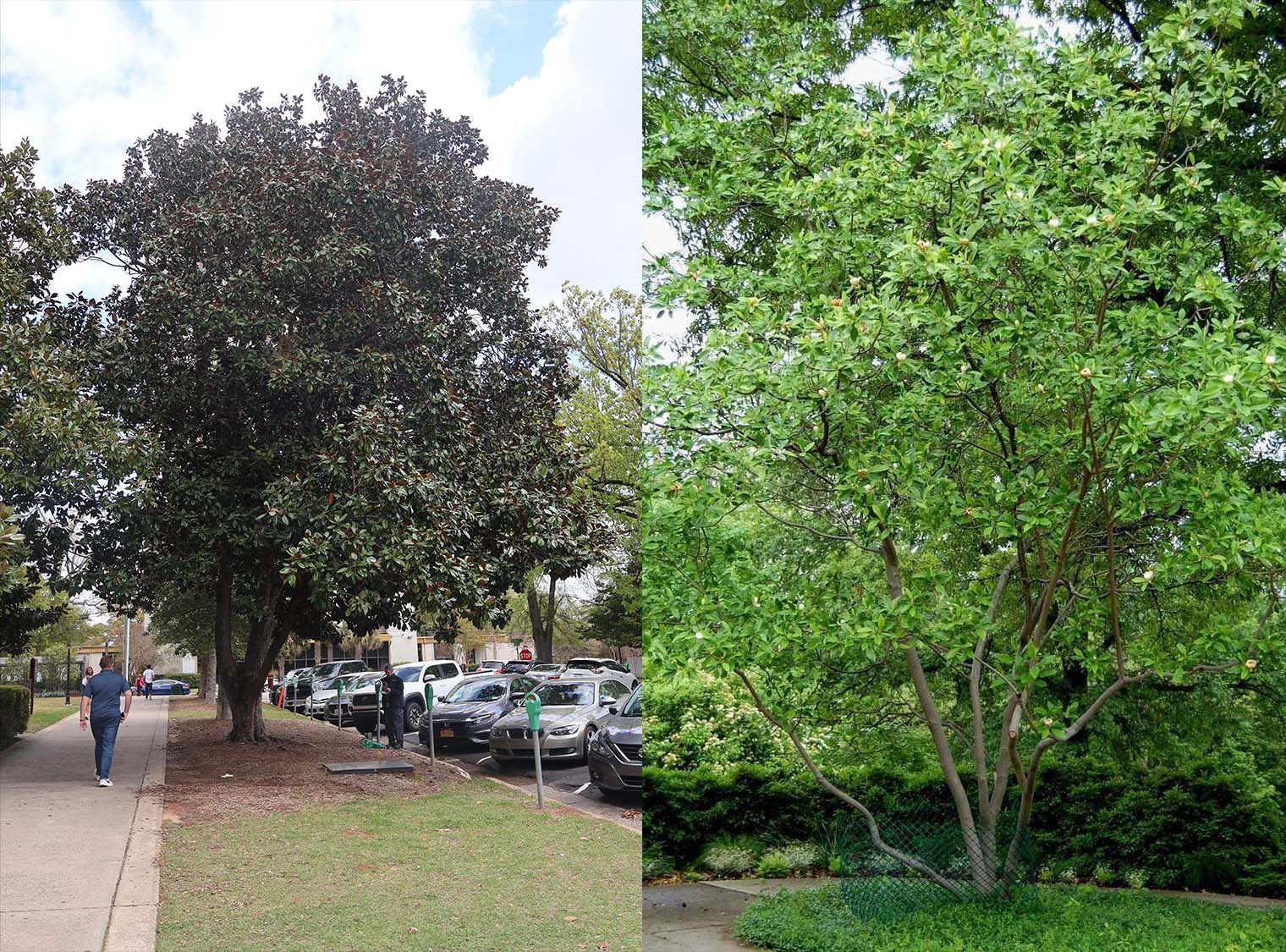Keeping existing Bradford pear trees won’t be illegal but selling them will be. (Photo illustration by Stephen Enright/Carolina News and Reporter)
The scourge of the Bradford pear is coming one step closer to ending as the tree’s sale becomes illegal in South Carolina in October.
While existing trees can stay planted, homeowners have a wide variety of similarly floral – yet less smelly – alternatives to choose from when planting new trees.
The Bradford pear, also called the Callery pear, has been a common ornamental yard tree for decades. Showy white flowers in the spring, quick growth and bright red leaves in the fall made it a prime candidate to line the streets of a growing South Carolina in the 1960s.
But its sale is being banned for three reasons: its fragility, invasiveness and the smell of its flowers – often compared to rotting fish.
Lori Watson, the owner of Mill Creek Greenhouses in Columbia, which specializes in native species, said she has experienced damage at the hands of the Bradford pear before.
“A windstorm came up, (the tree) just split in two and fell on my truck,” Watson said. “And there was one right across the street from us that also split and fell into their driveway.”
Bradford pears were also popular because they were thought to be sterile. But they soon began to cross-pollinate and spread rapidly, displacing native species.
Native species in an urban canopy are critical for surrounding wildlife, said David Coyle, a professor of forest health and invasive species at Clemson University.
Since native caterpillars don’t feed on Bradford pears, local birds have few critters to eat in Bradford-dominated areas.
“If there’s a bunch of (Bradford pears) around, there’s basically no bird food,” Coyle said.
Native species have a host of benefits over non-natives such as the Bradford pear. They fit in with the ecosystem, spread at a controlled rate and require less maintenance.
In addition to nativity, Coyle said diversity of species is important for urban ecosystems.
“A canopy in an urban area that’s all one thing, it becomes very susceptible to lots of diseases and pests,” Coyle said. “If you’ve got a really diverse urban canopy, you’ve got a lot better chance of that canopy as a whole surviving.”
Through Clemson’s partnership with the S.C. Forestry Commission – the Bradford Pear Bounty program, property owners can exchange their Bradford pears for a sapling of a variety of native species for free.
Here are some of those options:
The Fringe tree
The fringe tree is among the most aesthetically similar to the Bradford pear. Whisker-like white flowers gives the tree its nicknames, the Grancy Greybeard and Old Man’s Beard.
“It’s very showy … a head turner,” Coyle said.
Unlike the Bradford flowers’ fishy and putrid aroma, the fringe tree is described as floral and sweet.
The tree lacks the compact branch structure that makes the Bradford pear so appealing, but its wider branch angles mean the fringe tree is far more resilient against the heavy winds of hurricane season.
And its edible berries support bird populations.
The Eastern redbud
The Eastern redbud tree is known as the “harbinger of spring” because its bold pink flowers are among the first to bloom in April.
The Arbor Day Foundation recommends the redbud to gardeners looking to attract butterflies, as its early bloom makes it one of the first sources of nectar in the spring.
The redbud grows naturally with other trees along forest edges and is best for gardeners to replicate that environment for the tree in their yard.
“I always cringe when I see a poor Redbud … planted smack in the middle of a suburban lawn without any other trees around it,” wrote Catherine Bollinger on her blog, the Piedmont Gardener. “It will never come close to reaching its full potential. Such trees are too exposed there — too prone to root damage, over-fertilization, and shallow watering.”
The red maple
The red maple grows at a similar pace to the Bradford pear, up to 16-inches per year, making it perfect for impatient gardeners. But the maples live to 100 years old – five times the lifespan of the Bradford pear.
They are among the brightest species in the fall canopy of South Carolina, sporting deep red foliage.
Red maples present something to see in all seasons. In early spring, clusters of bright red flowers emerge. As summer nears, the tree sheds a unique winged seed that spirals as it falls.
They may be confused with its non-native but equally popular sibling – the Japanese maple. The red maple can be distinguished by its larger leaves and unified trunk.
The sweetbay magnolia
Coyle said many varieties of magnolia can grow in South Carolina, but the sweetbay variety is what he recommends as replacement for Bradford pears.
The sweetbay looks similar to the iconic Southern magnolia. It may not be as grandiose, lacking the foot-wide flowers and towering stature of its Deep South sister, but it is still an excellent option for a flowering yard tree.
The name refers to its sweet smell – often compared to lemon or citrus.
The sweetbay is among the most resilient native flowering trees, resistant to deer, pests and drought.
There are dozens of other options to choose from. For more information on S.C. native trees and getting a free replacement for Bradford pears, visit https://www.clemson.edu/extension/bradford-pear/
The fringe tree’s unique petals have given birth to its several nicknames. (Photo courtesy of University of Tennessee Institute of Agriculture/Carolina News and Reporter)
The Eastern redbud is a common sight in South Carolina and hard to miss. (Photo by Stephen Enright/Carolina News and Reporter)
Red maple leaves are about 3-4 inches across, sprouting green in the spring and becoming their namesake color in the fall. (Photo courtesy of Clemson University Extension Office/Carolina News and Reporter)
Sweetbay magnolias’ smaller footprint makes them a better alternative to the Southern magnolia’s grandeur. (Left photo by Stephen Enright. Right photo courtesy of Chesapeake Bay Program/Carolina News and Reporter)

